This 3D printing design of Gamera Showa Era consists of files in StereoLithography (.Stl) format that is optimized for 3D printing.
Before printing the files, we strongly recommend reading the PRINTING DETAILS section.
WHAT WILL YOU GET AFTER PURCHASE?
- 4 versions of Gamera Showa Era STL files for FFF/FDM, DLP/SLA, DLP/SLA Eco, and SLS — files for all versions are available for download after the purchase;
- STL files of high-poly Gamera Showa Era model for 3D printing consist of 38 files;
- Sizes for:
- FFF/FDM: 255 mm tall, 200 mm wide, 223 mm deep;
- DLP/SLA/SLS: 128 mm tall, 100 mm wide, 111 mm deep;
- Assembly Manual for 1.0 FFF/FDM and 1.0 DLP/SLA versions in PDF and video formats;
- Detailed settings that we provide as a recommendation for Cura, Bambu Studio, Simplify3D, Slic3r and PrusaSlicer for the best print;
- Full technical support from the Gambody Support Team.
Detailed information about these 3D printer STL files is available in the DESCRIPTION section.
ABOUT THIS 3D MODEL
Gamera, the giant Kaiju monster, has been captivating audiences for decades with its incredible strength, unique abilities, and unforgettable appearances. The Showa Era of Gamera films, spanning from 1965 to 1980, introduced viewers to eight thrilling and action-packed movies that left them on the edge of their seats.
The first film, "Gamera," introduced the massive creature as a fearsome and destructive force, wreaking havoc and causing chaos wherever it went. However, as the series progressed, Gamera evolved into a valiant defender of humanity, battling against other monsters and even defending Earth from alien invasions. Gamera's character development wasn't the only thing that evolved throughout the Showa Era films. The monster's appearance and abilities also underwent a transformation, gaining new powers and growing even more fearsome with each installment. From its ability to fly to its devastating flames and even teleportation, Gamera was a force to be reckoned with. The Showa Era of Gamera films remains an iconic part of Japanese Kaiju cinema, captivating audiences with its thrilling action, unforgettable characters, and campy charm. Gamera truly is a legendary monster that continues to captivate audiences to this day. Gamera often draws comparisons to Godzilla, but sets itself apart with its unique design and abilities.
ADAPTATION FOR 3D PRINTING
Gamera Showa Era 3D printing design is a static assembly model and its moderation and adaptation for different types of 3D printers took the Gambody team 34 hours in total. The model's anatomy and proportions were thoroughly reviewed during the moderation process for the horror icon to be depicted harmoniously in the intended pose.
The model's cutting was chosen by our team to minimise the amount of generated support and some of the parts were hollowed out for you to save resin in the Eco version. In order to conceal the places where the assembly parts of the model are connected, Gamera was divided into convenient assembly parts.
All assembly parts in the 1.0 FFF/FDM version are provided in STL files in recommended positions that were worked out in order to ensure the smoothness of the details’ surfaces after printing and that the 3D printing beginners won't face difficulties when placing the parts on a build plate. When downloading any model's file you will also receive "Assembly Manual" for 1.0 FFF/FDM and 1.0 DLP/SLA versions in PDF format. We highly recommend that you get acquainted with the "Assembly video" and "Assembly Manual" before getting down to Gamera.
The 3D print model is saved in STL files, a format supported by most 3D printers. All STL files for 3D printing have been checked in Netfabb and no errors were shown.
The model's scale was calculated from the height of the Gamera Showa Era which is 60000 mm. The 3D printing design's chosen scales are 1:250 for the FFF/FDM version and 1:500 for the DLP/SLA/SLS versions.
VERSIONS’ SPECIFICATIONS
1.0 FFF/FDM versions features:
- Contain 17 parts;
- A printed model is 255 mm tall, 200 mm wide, 223 mm deep;
- All parts are divided in such a way that you will print them with the smallest number of support structures.
1.0 DLP/SLA versions features:
- Contain 9;
- A printed model is 128 mm tall, 100 mm wide, 111 mm deep;
- All parts are divided in such a way to fit the build plates and to ensure that support structures are generated where needed.
1.0 DLP/SLA Eco versions features:
- Contain 9;
- A printed model is 128 mm tall, 100 mm wide, 111 mm deep;
- Some parts are manually hollowed out to save resin.
1.0 SLS versions features:
- A printed model is 128 mm tall, 100 mm wide, 111 mm deep;
- Contain 3 parts - a solid Gamera model with and without the platform.
You can get the STL Files of Gamera 3D Print Model immediately after the purchase! Just click the green Buy button in the top-right corner of the model’s page. You can pay with PayPal or your credit card.
Watch the tutorial on how to assemble the 3D Printed Gamera Showa Era Model from the provided 3D Print Files on Gambody YouTube channel.
Also, you may like the other Kaiju 3D Printing Designs.
_______
FAQ:
Generic
Below you can find printing recommendations for Cura, Bambu Studio, Simplify3D, Slic3r and PrusaSlicer software.
Disclaimer: The following printing settings are a recommendation, not an obligation. The parameters can vary depending on the peculiarities of your 3D printer, the material you use, and especially the particular assembly part you are working with. Each part that any model comprises often needs preliminary review, and you are free to tweak the settings the way you find suitable.
Note:
You can scale up the model (downscaling for FFF/FDM 3D printers is not recommended!);
All connectors should be printed at 100% Infill.
Bambu Lab printing recommendations:
These basic 3D printing settings recommendations for beginners were tested in Bambu Studio 1.9.1. Test models were printed on the Bambu Lab A1, Bambu Lab A1 Mini, Creality Ender 3 S1, Anycubic Kobra 2, and Anycubic Vyper using PLA and PETG filaments.
To avoid printing problems, we recommend the following settings: download
Cura printing recommendations:
These are averaged settings which were tested in the Cura 5.2.1 slicer. Test models were printed on Anycubic Vyper, Creality Ender 3 Pro with PLA filament.
To avoid printing problems, we recommend the following settings: download
Simplify3D printing recommendations:
These are averaged settings which were tested in the Simplify3D 5.0.0 slicer. Test models were printed on Anycubic Vyper, FLSUN v400, Ender3 S1 with PLA filament.
To avoid printing problems, we recommend the following settings: download
Slic3r printing recommendations:
These basic 3D printing settings recommendations for beginners were tested in Slic3r 1.3.0 software. Test models were printed on Ultimaker 2, Creality Ender 3, Creality Cr-10S pro v2, Anycubic I3 Mega, Anycubic I3 MegaS, Anycubic Vyper with PLA and PetG filaments.
To avoid printing problems, we recommend the following settings: download
PrusaSlicer printing recommendations:
These basic 3D printing settings recommendations for beginners were tested in PrusaSlicer 2.3.1. Test models were printed on Ultimaker 2, Creality Ender 3, Creality Cr-10S pro v2, Anycubic I3 Mega, Anycubic I3 MegaS, Anycubic Vyper with PLA and PETG filaments.
To avoid printing problems, we recommend the following settings: download

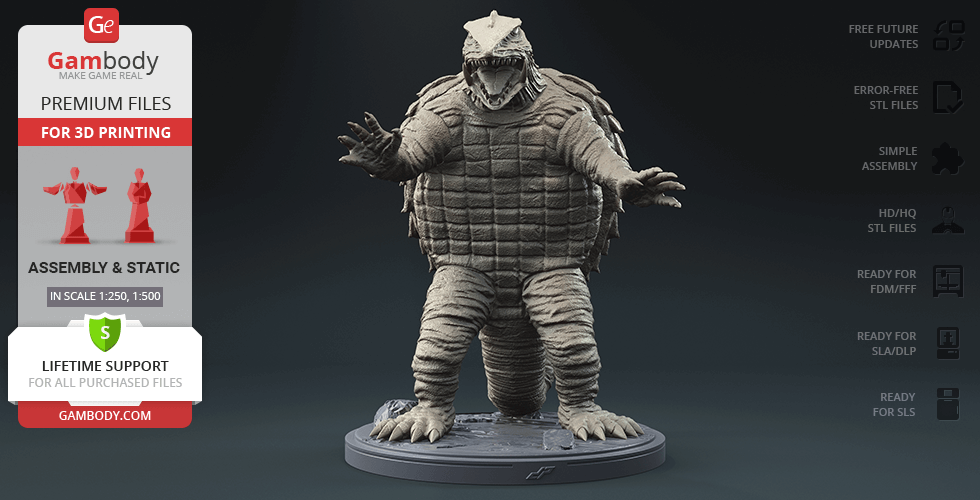
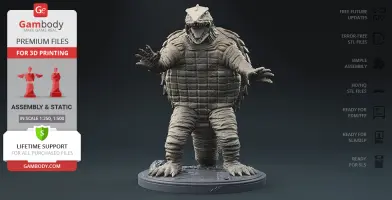


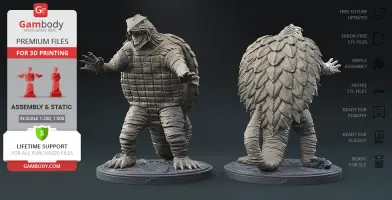
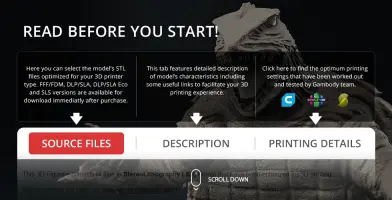
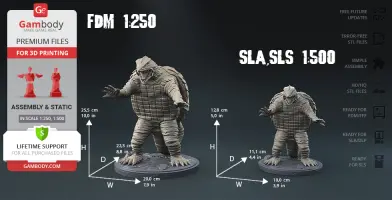
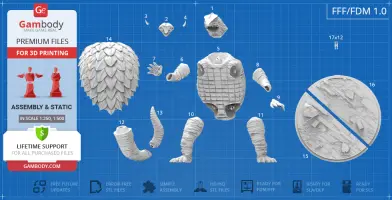
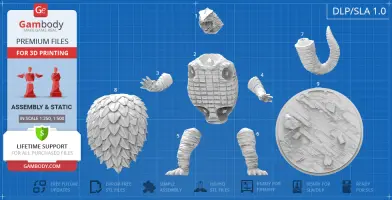
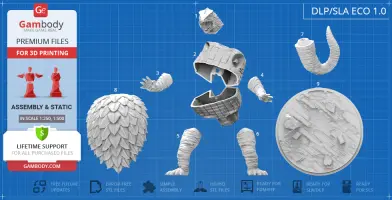
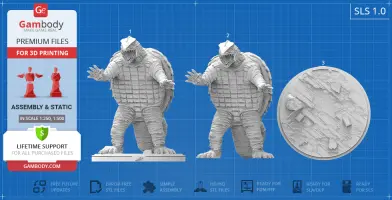
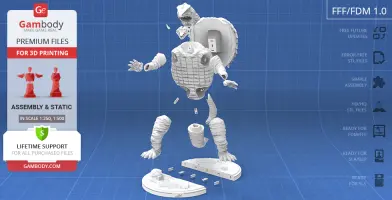
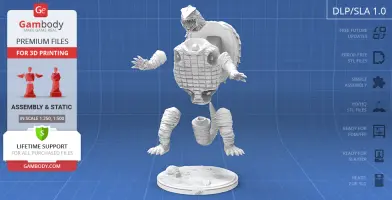
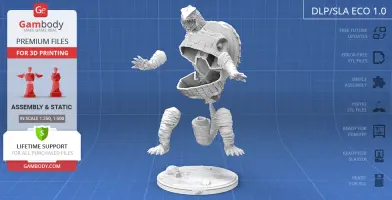
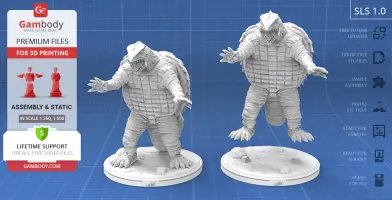
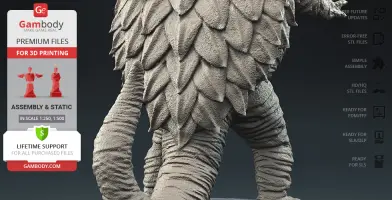
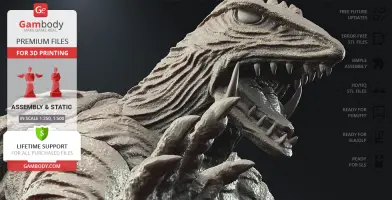
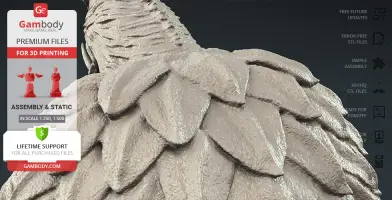
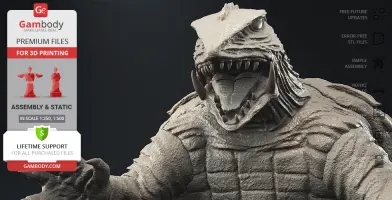
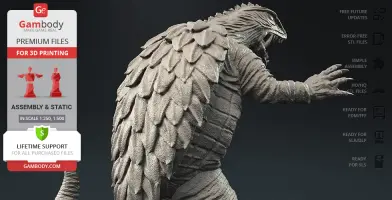
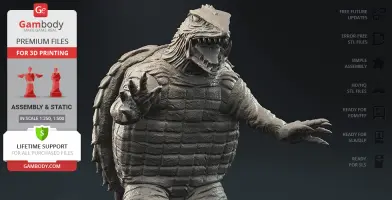
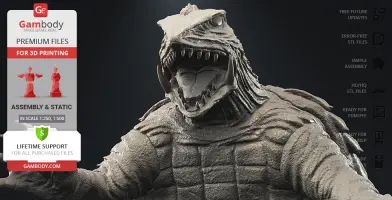
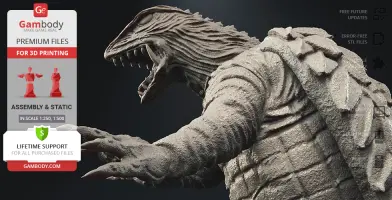
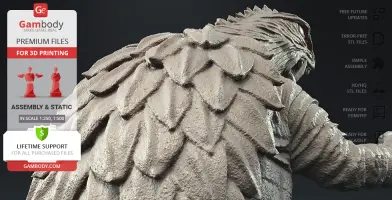
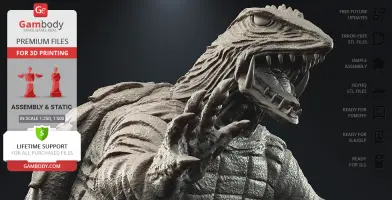
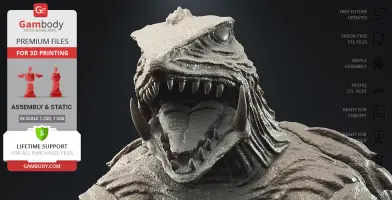
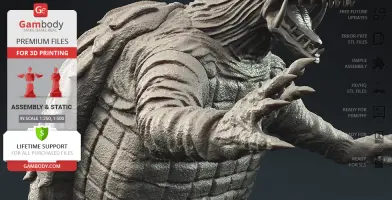
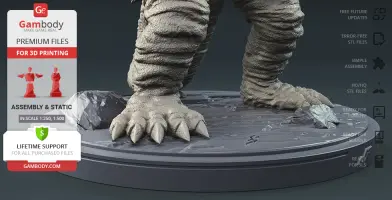
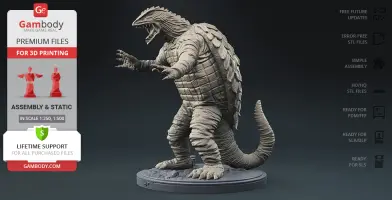
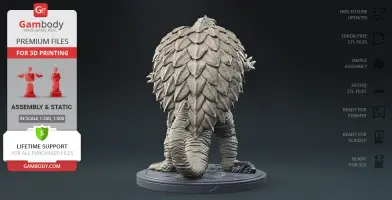
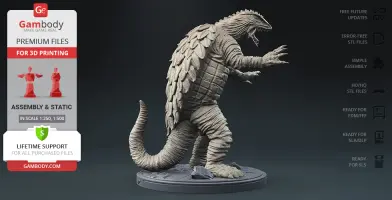
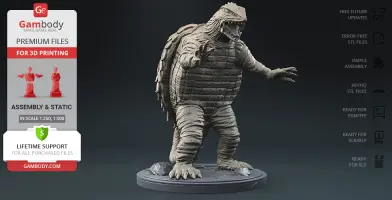
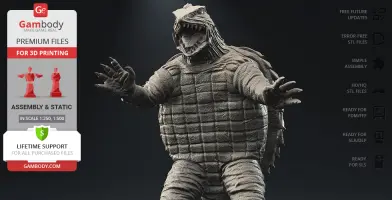
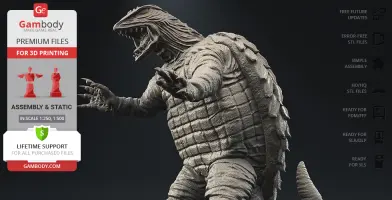
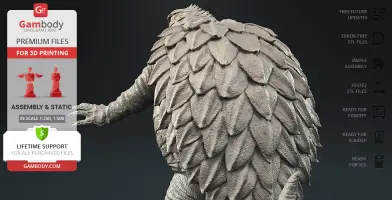
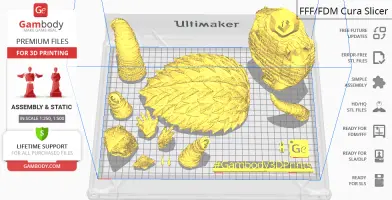
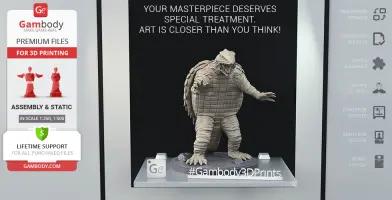
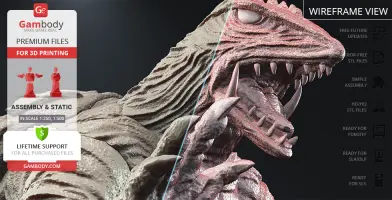
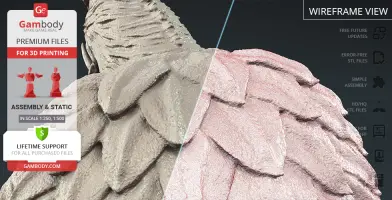




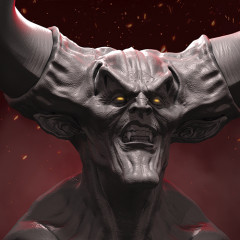

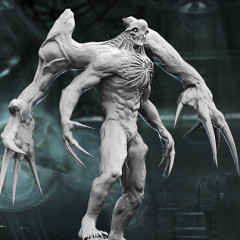

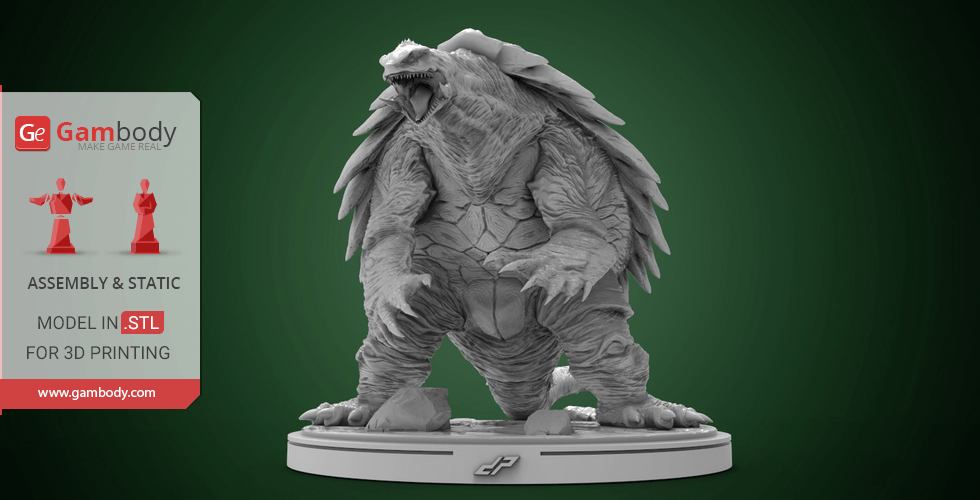
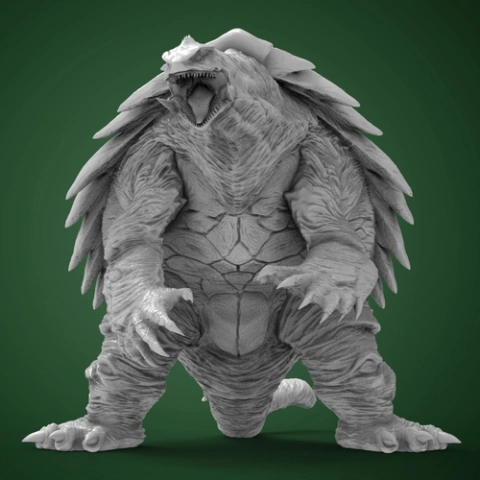
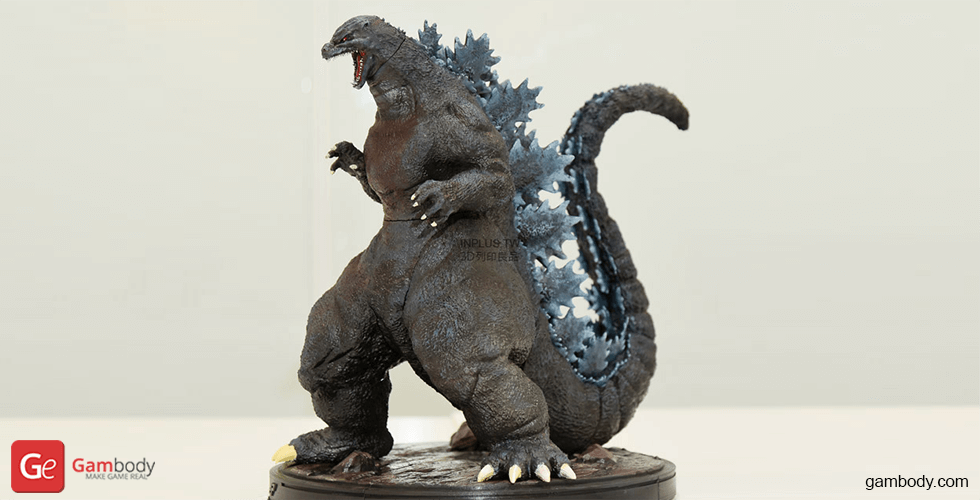
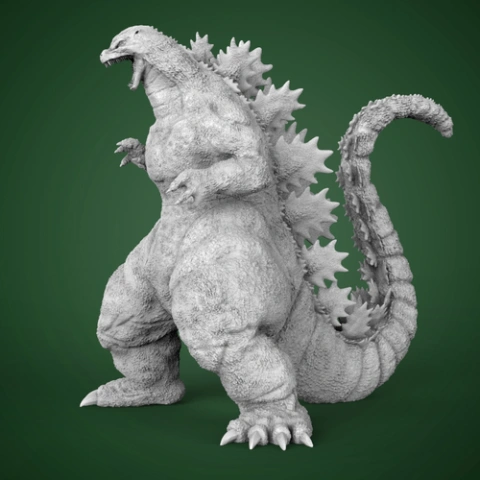
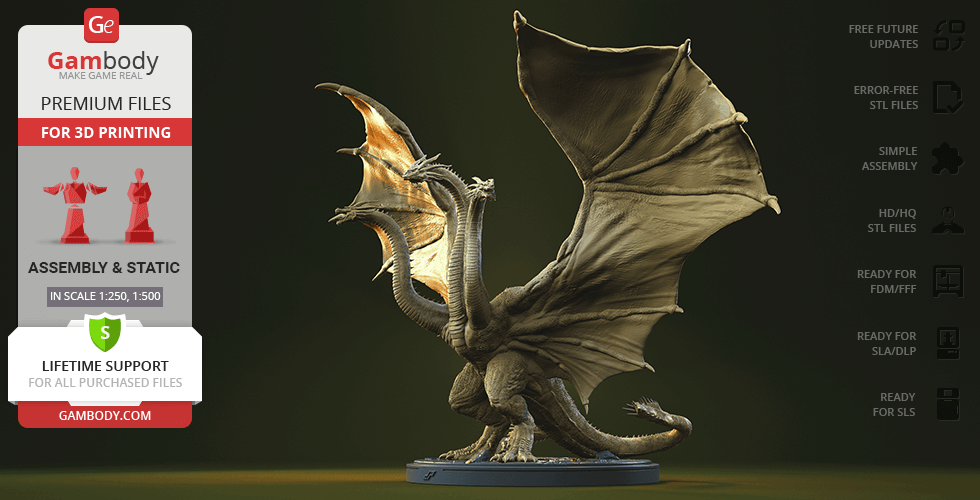
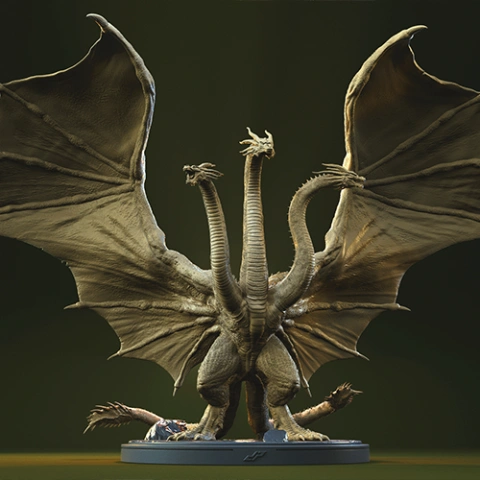
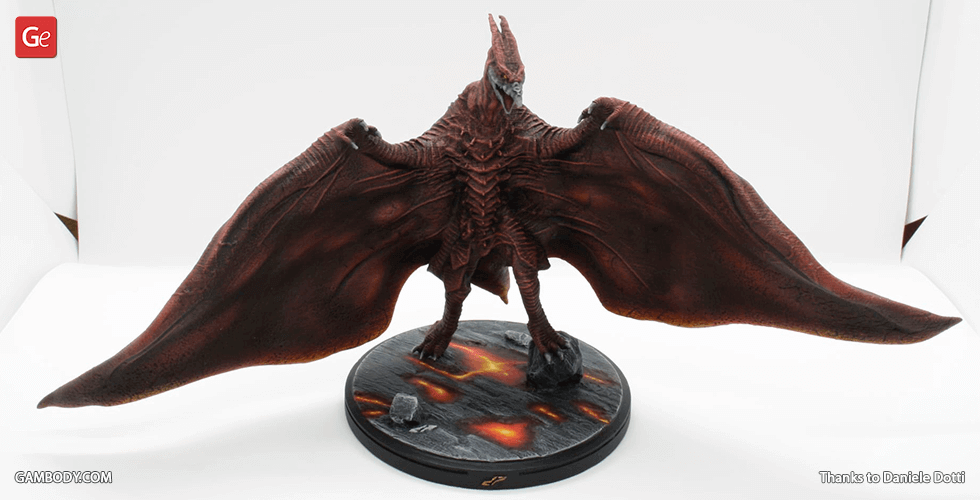
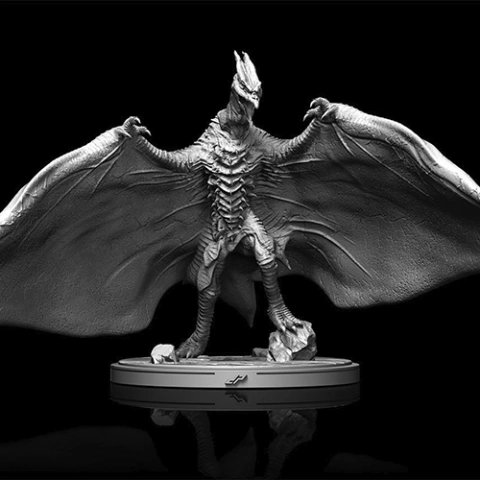
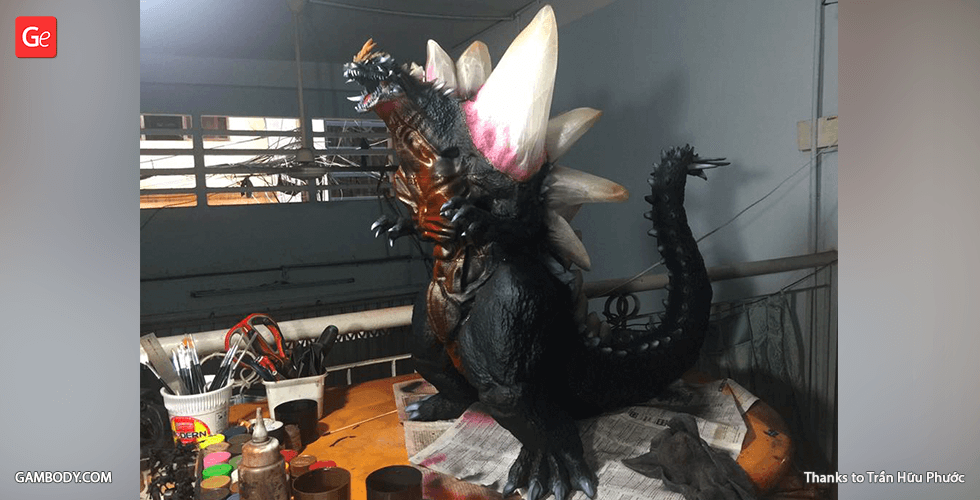
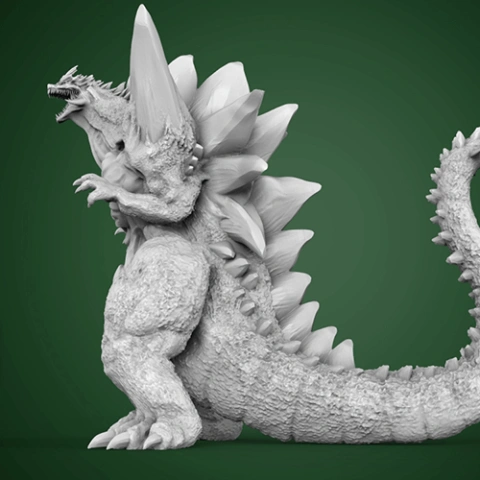
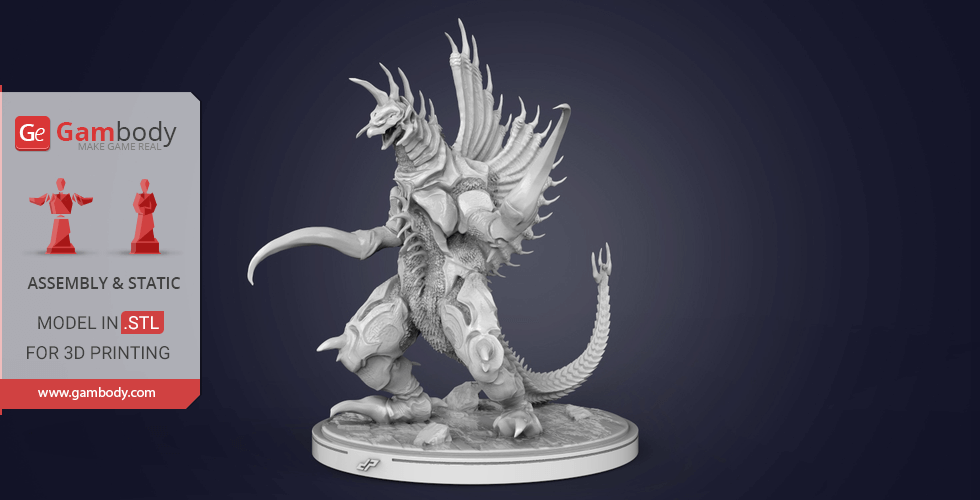
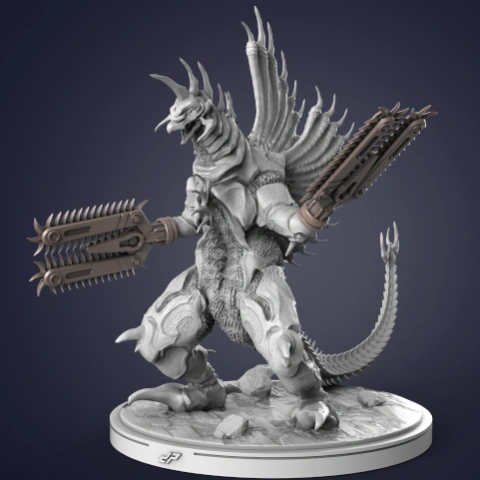
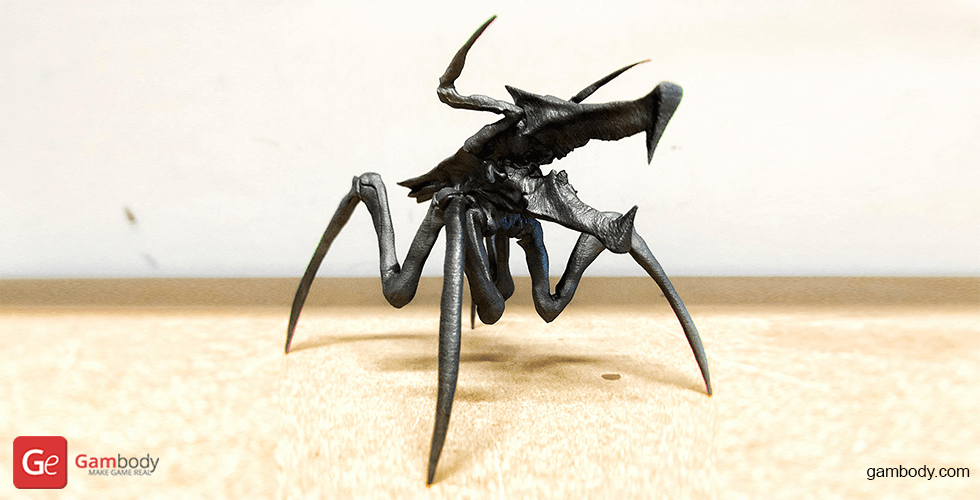
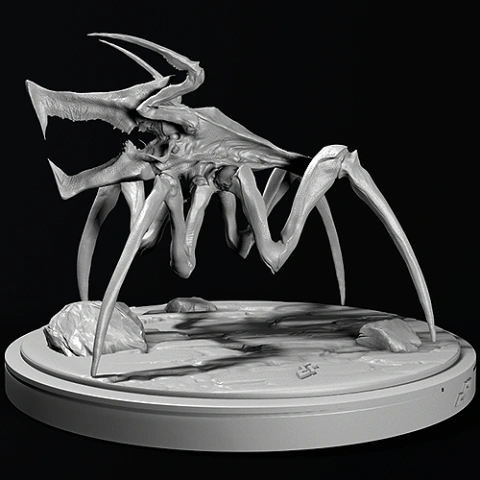
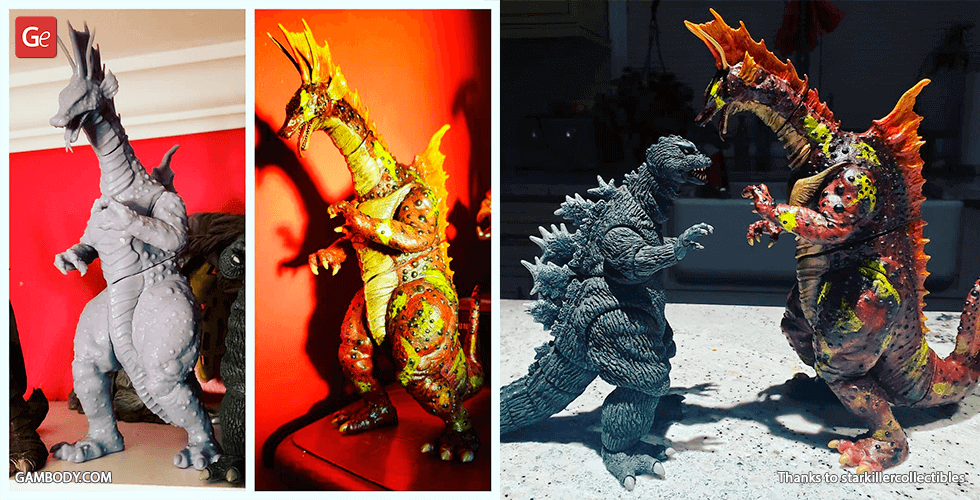
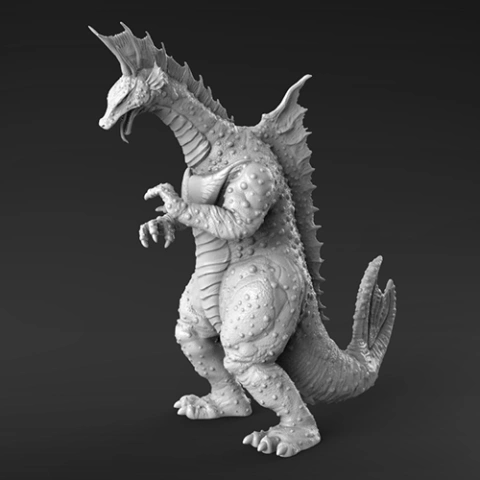
Comments